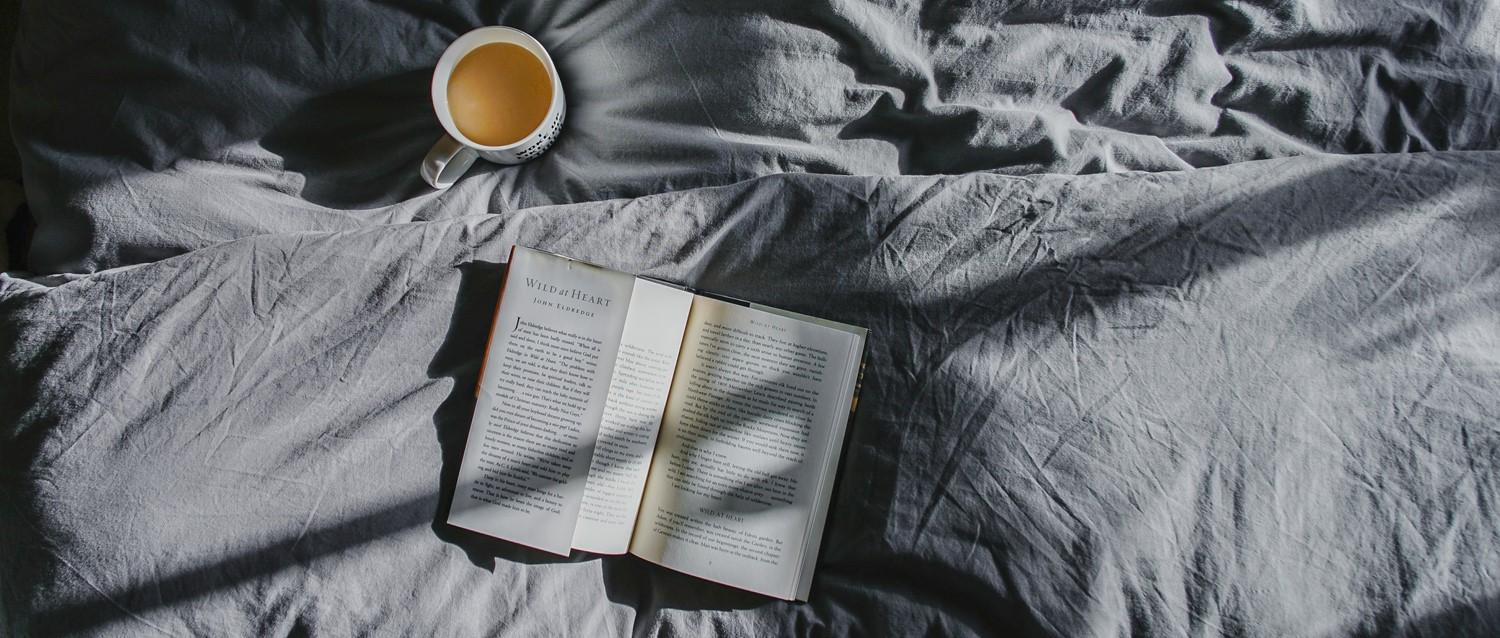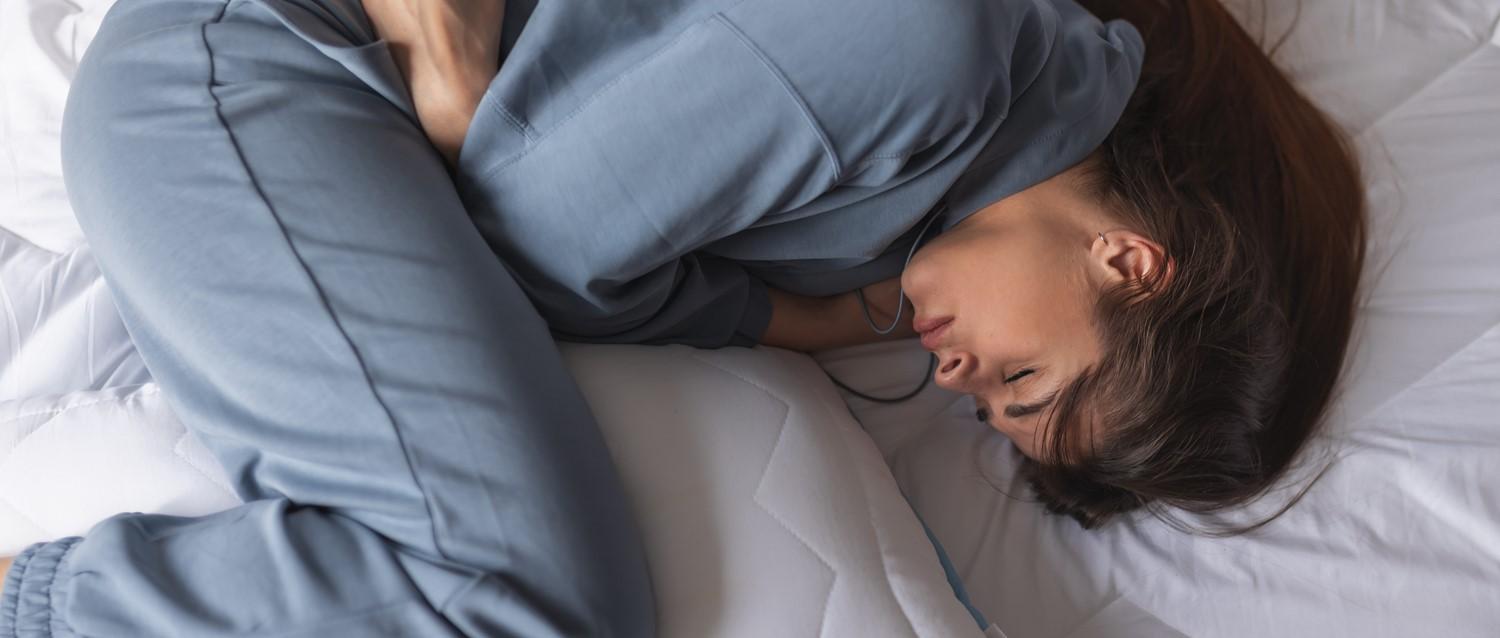
How to get rid of period cramps
Peer reviewed by Dr Sarah Jarvis MBE, FRCGPAuthored by Milly EvansOriginally published 17 Nov 2019
Meets Patient’s editorial guidelines
- DownloadDownload
- Share
- Language
- Discussion
If you get periods, it's likely that you will have experienced period cramps and period pain at some point. Thankfully, most of the time menstrual cramps can be managed using tried and tested methods at home.
In this article:
If you've been having periods for a while, you might be able to notice the tell-tale signs of period cramps in your tummy, back and legs, whether it's dull and constant or short painful spasms. But what causes it?
Continue reading below
What causes period cramps?
Contractions
"Painful period, or menstrual cramps, are caused by contractions in the womb as it expels the womb lining and presses on blood vessels, which temporarily cut off the blood supply and restrict oxygen," says Dr Vanessa Mackay, consultant gynaecologist and spokesperson for the Royal College of Obstetricians and Gynaecologists. This causes the tissues in the womb to release chemicals triggering pain.
These contractions can cause cramps and discomfort during your period and can make it difficult to concentrate while doing everyday tasks. In fact, a recent study found that period cramps account for nine days of lost productivity for women each year.
Period pain tends to follow a pattern which distinguishes it from ordinary stomach or back pain. "Period cramps are usually at their most intense during the first few days of bleeding and can vary for each woman," says Mackay.
Period cramps should only occur in the few days before or during your period, says Mackay. "It is a good idea to seek advice if this menstrual pain continues throughout the month as this may be a symptom of a different problem."
How to help period cramps
If your period pain isn't caused by an underlying condition or causing severe pain, you should be able to treat it without seeing a doctor.
How does heat help period cramps?
"Many women find that heat is helpful to manage their period cramps, so using a hot water bottle or a heat pad or having a warm bath could provide some comfort," says Mackay. Using heat is a cheap, effective and side-effect-free way to relieve pain. One study found that using a heat pad was as effective as painkillers.
Warmth applied directly to the pelvic area may help to relax the muscles in the uterus, whilst a warm bath or shower can help relax your whole body.
Lifestyle
The severity of your period cramps isn't just down to chance. Lifestyle factors like weight and smoking also play a role. "It is important for those who smoke to try to stop, as this is thought to increase the likelihood of experiencing period pain," says Mackay. Quitting smoking is one of the best things you can do for your health and there's plenty of support available from your pharmacist to help you stop for good.
Does exercise help period cramps?
Whilst it might be the last thing you want to do when you're on your period, regular exercise really does help with period cramp relief. "Exercise, massage and relaxation techniques like yoga and Pilates can also be beneficial," says Mackay.
Getting the blood pumping makes the body release endorphins, 'happy hormones' which reduce pain. You could try going on a light walk, swimming or following a yoga tutorial at home.
In general, keeping fit and maintaining a healthy weight could help to improve your period pain. Studies have shown that those who are underweight or overweight are more likely to experience menstrual cramps.
Massage to relieve menstrual cramps involves targeting points across the back, stomach, and sides and has been found to be effective in reducing pain caused by endometriosis.
But you don't necessarily need to go and get a massage when you're on your period (although it might be a nice treat). Try gently massaging your lower abdomen, below your belly button, in circular motions.
Should I take painkillers for period cramps?
Of course, there are medications you can take to reduce period cramps. "Women may want to use painkillers such as ibuprofen, aspirin and paracetamol," says Mackay.
Your doctor may also prescribe stronger painkillers like codeine in some case if ordinary ones aren't doing the trick.
An anti-inflammatory painkiller called naproxen also offers effective relief against period pain. You can book a consultation with your pharmacist to see if it will be suitable for you. They can offer you short private (paid for) courses of tablets to manage painful cramps.
Continue reading below
When to see a doctor for period cramps
Just because periods cause period pain doesn't mean that you have to put up with it. Research suggests that severe and disruptive period cramps may affect up to 20% of women. In some cases, these can be down to an underlying problem such as endometriosis or pelvic inflammatory disease.
"Women should see their healthcare professional if they are experiencing period pain that is worse or different than normal and if it is preventing them from continuing with their day-to-day lives," says Mackay.
If you track your periods, make sure to include information about period pain as well so that you can notice any changes. "It is helpful for women to track their periods as much as possible so that they can notice any changes and be able to articulate them fully to their healthcare professional to aid quicker diagnosis or treatment," she explains.
Your doctor may be able to offer you stronger painkillers or contraception to help regulate and reduce period cramps and period pain. If they suspect that there could be an underlying cause for your pain, you can be referred to see a gynaecologist who can investigate further.
Patient picks for Periods and period problems

Women's health
How does your period impact your sleep?
Many women experience sleep disturbances at various points in their menstrual cycle. Here's how your period may affect your sleep, and what to do about it.
by Abi Millar

Women's health
How to look after your mental health during your menstrual cycle
Self-care is important at all times, but it could be even more valuable when you have your period. The impact that your menstrual cycle can have on your overall mental well-being is often underestimated, but there are steps you can take to manage your stress levels and reduce the chance of existing mental illnesses being exacerbated during your menstrual cycle.
by Emily Jane Bashforth
Continue reading below
Article history
The information on this page is peer reviewed by qualified clinicians.
17 Nov 2019 | Originally published
Authored by:
Milly EvansPeer reviewed by
Dr Sarah Jarvis MBE, FRCGP

Ask, share, connect.
Browse discussions, ask questions, and share experiences across hundreds of health topics.

Feeling unwell?
Assess your symptoms online for free
Sign up to the Patient newsletter
Your weekly dose of clear, trustworthy health advice - written to help you feel informed, confident and in control.
By subscribing you accept our Privacy Policy. You can unsubscribe at any time. We never sell your data.